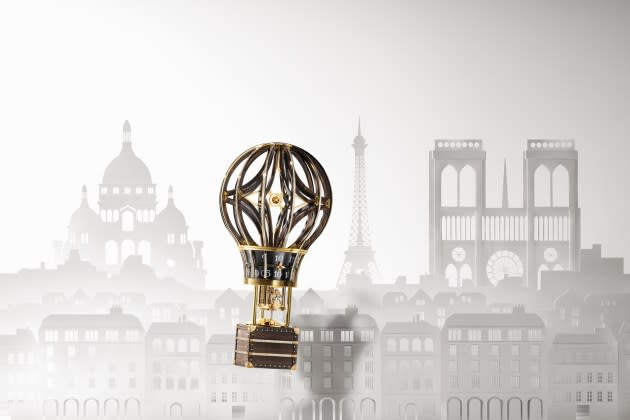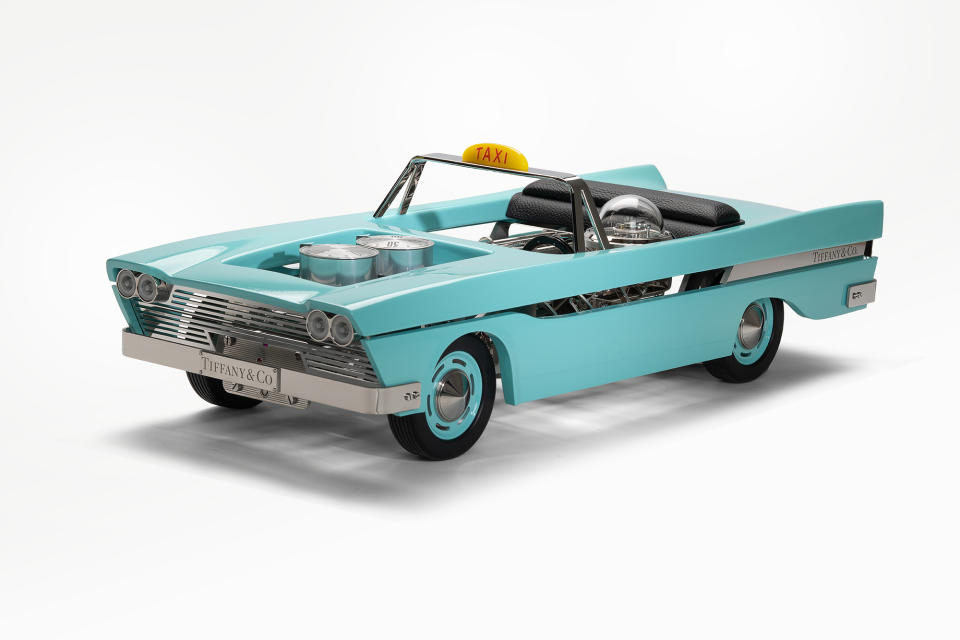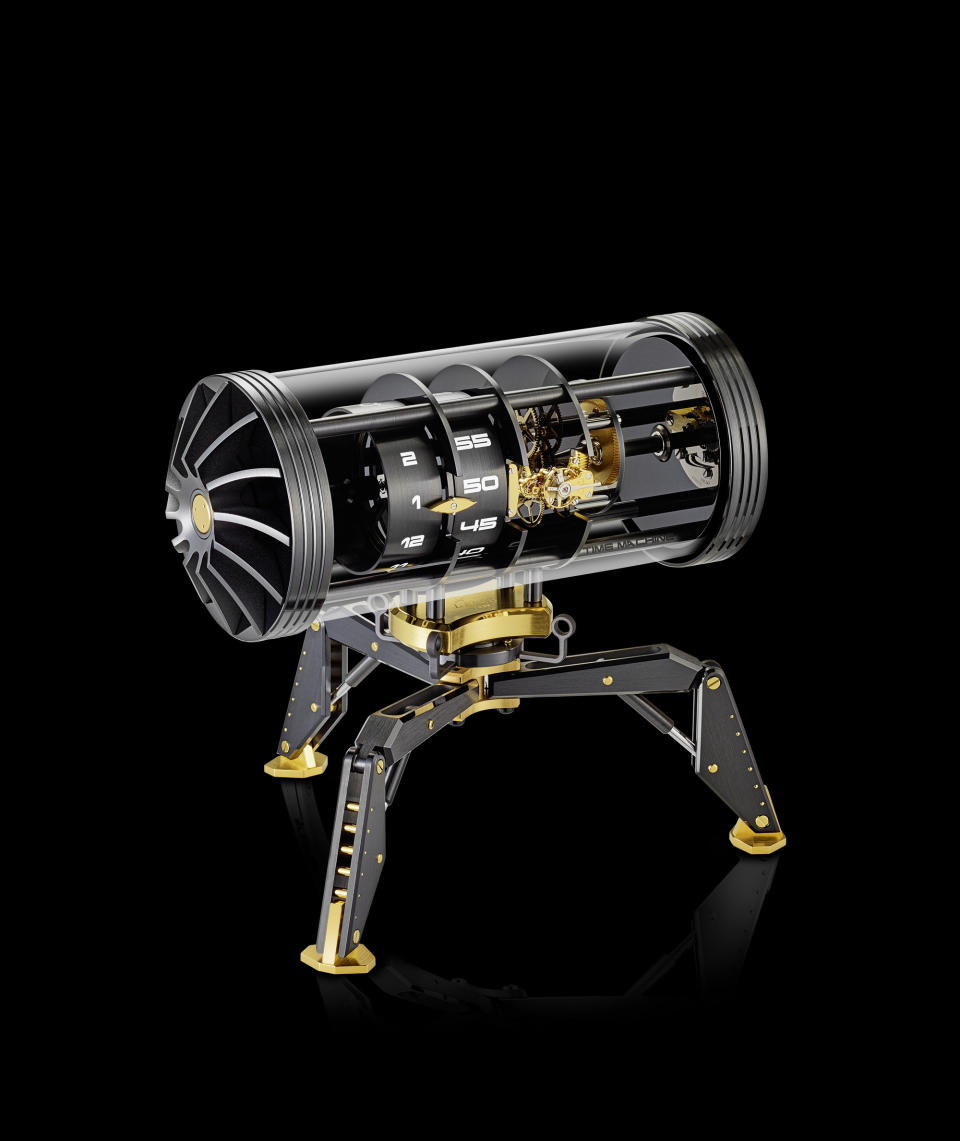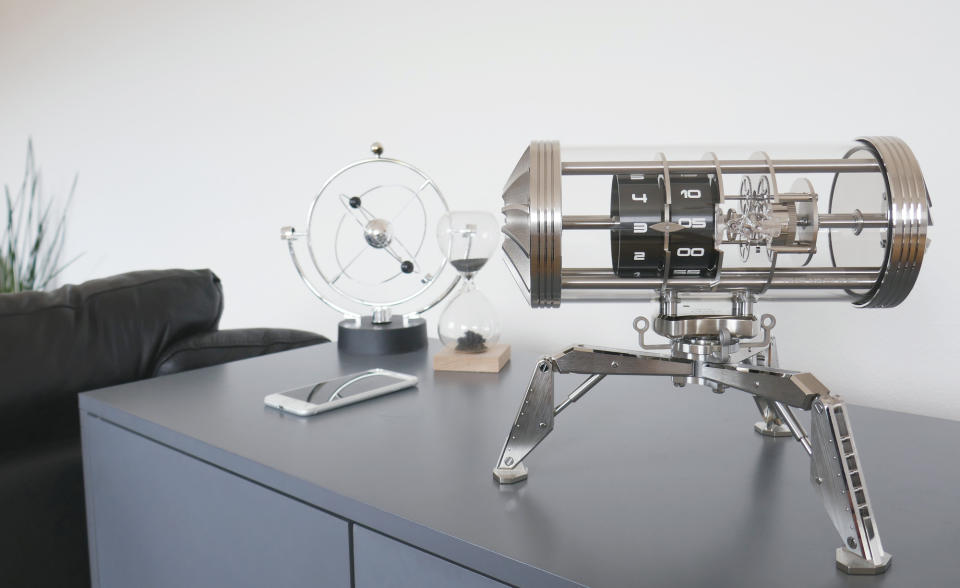EXCLUSIVE: LVMH Picks Up Clockmaker L’Épée 1839

PARIS — As interest in luxury watches and timekeeping collectibles continues to grow, LVMH Moët Hennessy Louis Vuitton is strengthening its expertise with the acquisition of clockmaker L’Épée 1839 and its parent company Swiza.
For Frédéric Arnault, chief executive officer of LVMH Watches, the move is one that opens new creative horizons in watchmaking.
More from WWD
Chanel, Hermès and LVMH Join Watches and Wonders Geneva Foundation
Paris 2024 Olympic Opening Ceremony to Feature Sustainably Designed Costumes
“L’Épée 1839 is at once a beautiful brand with a history that dates back to 1839, internationally recognized and by an audience of watchmaking enthusiasts, but most of all, it has a unique know-how,” the executive told WWD. “It is the only one to do what its teams do in the industry and has regrouped under one roof an impressive diversity of crafts.”

“Given the scale of its objects, the teams have been pushed to recreate everything in terms of know-how and that has given them a very important creative strength that can be applied to different universes,” he continued.
Based in Delémont, on the Swiss side of the Jura region, the clockmaker was bought in 2008 by Swiza, a reputed clock manufacturer founded in 1904, which produces pieces for private label clients as well as its eponymous brand.
Known for its futuristic, poetic and sometimes wacky collaborations with other top watchmakers, as well as independents such as MB & F, the company has been developing expertise in complications such as perpetual calendars, retrograde hands as well as power reserves that can go up to 8,760 hours — that’s a full year.
Among its recent pieces are a paint-splattered hand grenade and futuristic glass tube-shaped Time Machine under its own name; the duck egg blue Tiffany & Co. Taxi released to mark the reopening of the jeweler’s Landmark flagship on New York City’s Fifth Avenue, and Louis Vuitton’s Montgolfière Aero.
“It’s only the beginning of the story because we can imagine the diversity of products and creations that can be achieved — within the group and with its existing partners,” confirming that these would continue, Arnault added.

While this is the first acquisition under the new transversal watchmaking division created in January, the French group has acquired a number of specialists over time, including South Korean ceramics manufacturer Ecco in 2023 and dial supplier ArteCad in 2011.
Brands under the group’s umbrella have also been acquiring their own specialized suppliers. Louis Vuitton acquired in 2011 movement manufacturer La Fabrique du Temps, which bolstered its skills with an additional three prototyping and métiers d’art suppliers in 2023. Hublot, acquired in 2008, snapped up another movements supplier called BNB.
L’Épée 1839 was created in the 19th century by Auguste L’Épée, a Swiss watchmaker who moved to France to open his own component manufacturing workshop. The company became a pioneer in the production of music boxes and later moved toward high-end travel clocks that became an “It” item among officers.
On the occasion of the 1981 wedding of then-Prince Charles and Lady Diana Spencer, 100 digitaries were presented with L’Épée clocks.

The clockmaker’s factory currently counts more than 80 designers, engineers, watchmakers, mechanics and other employees, under the direction of CEO and creative director Arnaud Nicolas. They are expected to stay on under LVMH’s ownership.
The French group isn’t the only one snapping up historic names. In December, Breitling revealed it had purchased Universal Genève, a mechanical watch pioneer of the early- to mid-20th century that got mired in the 1970s quartz crisis when it moved toward that segment.
Meanwhile, rumors grow around the potential sale by the Sandoz Family Foundation of the companies under its watchmaking division. These include movement manufacturer Vaucher Manufacture Fleurier, in which Hermès already owns a 25 percent stake, several component-makers and watch brand Parmigiani Fleurier.
Best of WWD

 Yahoo Finance
Yahoo Finance 